On the morning of August 17, in Hanoi, Prime Minister Pham Minh Chinh - Chairman of the Red River Delta Coordination Council (RDC) chaired the Council's fourth meeting.
At the conference, Vice Chairman of Hanoi People's Committee Duong Duc Tuan discussed a number of evaluation contents related to the plan to complete the urban railway network of Hanoi - a key development area of Hanoi in the coming time.
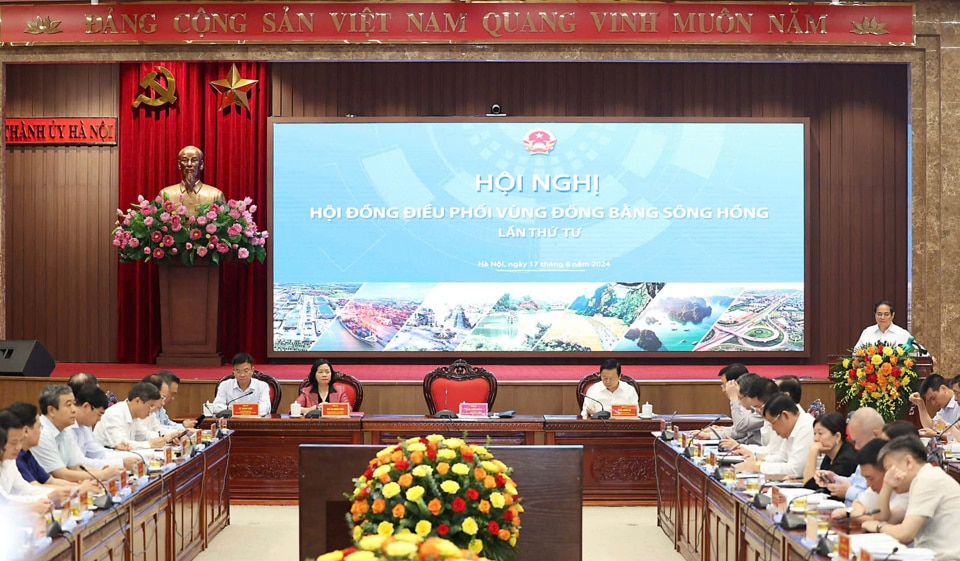
Operating 10 urban railway lines by 2035
Recently, the City has put into operation Urban Railway Line No. 2A (Cat Linh - Ha Dong) and the Hanoi Pilot Urban Railway Line, Nhon - Hanoi Station section (elevated section) on August 8, 2024, which have been highly appreciated and welcomed by the people of the Capital and are also memorable milestones of the City.
The city has proactively coordinated with neighboring localities to unify the scale and direction of connecting traffic routes, especially urban railway routes (updated in the Project to adjust the Capital's General Planning), serving traffic connections and regional linkages to create momentum, urban development space and new, continuous traffic corridors between Hanoi and localities in the region.
Presided over the development and coordination with central ministries and branches to complete the overall project on investment in the construction of the capital's urban railway system according to the direction of the Politburo in Conclusion No. 49-KL/TW dated February 28, 2023.
In particular, by 2035, strive to complete the investment, construction and operation of 10 urban railway lines with a total length of about 410.8km (including the lines that have been put into operation and exploitation: Line 2A Cat Linh - Ha Dong and the elevated section of Line 3.1 Nhon - Cau Giay); with capital needs: Phase 2024-2030, construction of 96.8km, preliminary capital needs of about 14.6 billion USD; Phase 2031-2035: construction of 301km, preliminary capital needs of about 22.5 billion USD. Total capital needs by 2035 need about 37.2 billion USD. Through reviewing public investment capital sources, the total ability to balance other mobilized capital sources of the City by 2035 is about 28.56 billion USD. Thus, by 2035, the City will need central support of about more than 8.6 billion USD.
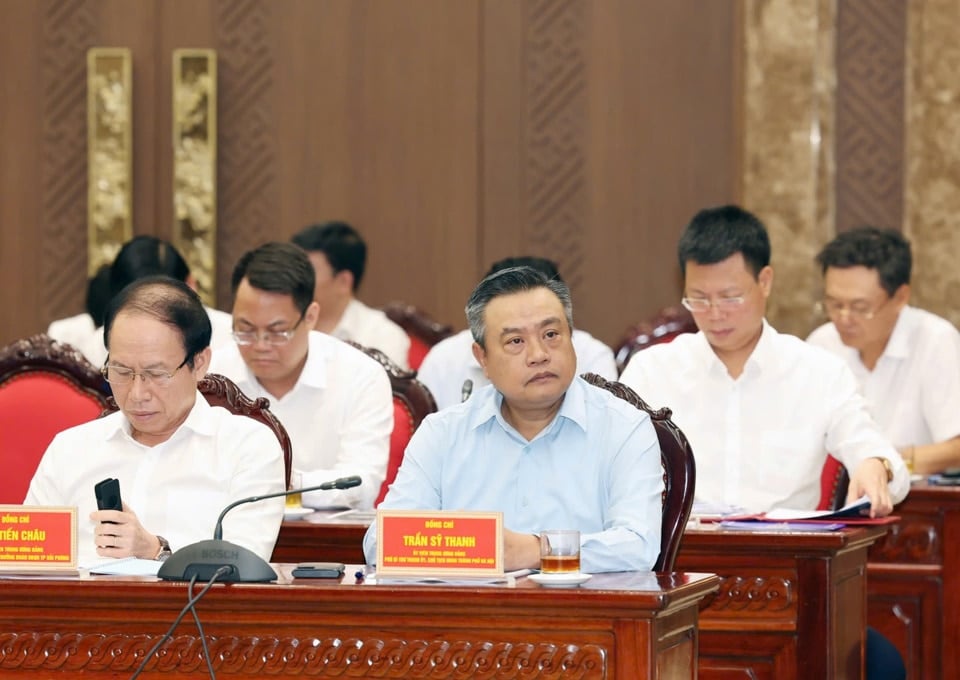
By 2045, the city will invest in completing the construction of the remaining 5 routes (201km), complete the operation and exploitation of the entire urban railway system of the capital (15 routes, adjusted and supplemented sections with a total length of about 616.9km. with the capital demand for this period of about 18.252 billion USD.
Currently, the City is organizing research and implementing investment projects to build urban railway lines: Line 2.1 (Nam Thang Long - Tran Hung Dao), Line 3.2 (Hanoi Station - Hoang Mai), Line 5 (Van Cao - Hoa Lac), Line 2A extension (Ha Dong - Xuan Mai),... On June 28, 2024, the National Assembly passed and promulgated the Capital Law; accordingly, investment in urban railway development in the City is prioritized to apply the TOD model, ensuring modernity, synchronization and sustainability.
In addition to the above achievements, the development of the urban railway system in Hanoi still faces many challenges. According to the Vice Chairman of the City People's Committee, in order to approach the target set by the Politburo for the development of the capital in the coming period in Conclusion No. 49-KL/TW dated February 28, 2023; which requires "Completing the urban railway network in Hanoi (with connectivity to the capital region) and Ho Chi Minh City by 2035" and studying the connection with neighboring provinces through urban railway lines.
Specifically, (1). Hung Yen province (via urban railway line No. 1: Gia Lam - Lac Dao section at Lac Dao station); (2). Bac Ninh province (via urban railway line No. 1: Yen Vien - Ngoc Hoi section at Yen Vien station); (3). Hoa Binh province (via urban railway line No. 5 at Thach Binh station and urban railway line No. 2A extending to Xuan Mai at Xuan Mai station); (4). Vinh Phuc province (via urban railway line No. 3 extending to Son Tay at the planned Son Tay station and following the urban railway line Me Linh - Co Loa - Duong Xa at Me Linh station); (5). Ha Nam Province (through urban railway line No. 1A: the second airport extension line in the South) aims to expand socio-economic activities concentrated in the inner city area to new urban areas according to the planning orientation of the Red River Delta region for the period 2021-2030, with a vision to 2050 approved by the Prime Minister in Decision No. 368/QD-TTg dated May 4, 2024, which is also a top priority in the development strategy of Hanoi City.
Speed up the progress of the overall project of investment in the construction of the urban railway system of the capital city.
To continue promoting the achieved results, promptly overcome the shortcomings and limitations as mentioned above, and solve problems arising in the new context and situation of the country, in the coming time, Vice Chairman of the Hanoi People's Committee Duong Duc Tuan said that Hanoi will continue the following breakthrough solutions to develop the urban railway system:
Firstly, continue to research, perfect and concretize the policy mechanisms that have been oriented in the Law on the Capital (amended) in encouraging investment to attract and entice investors to participate in investing in developing transport infrastructure, reducing budget pressure and speeding up the completion of infrastructure investment according to approved planning.
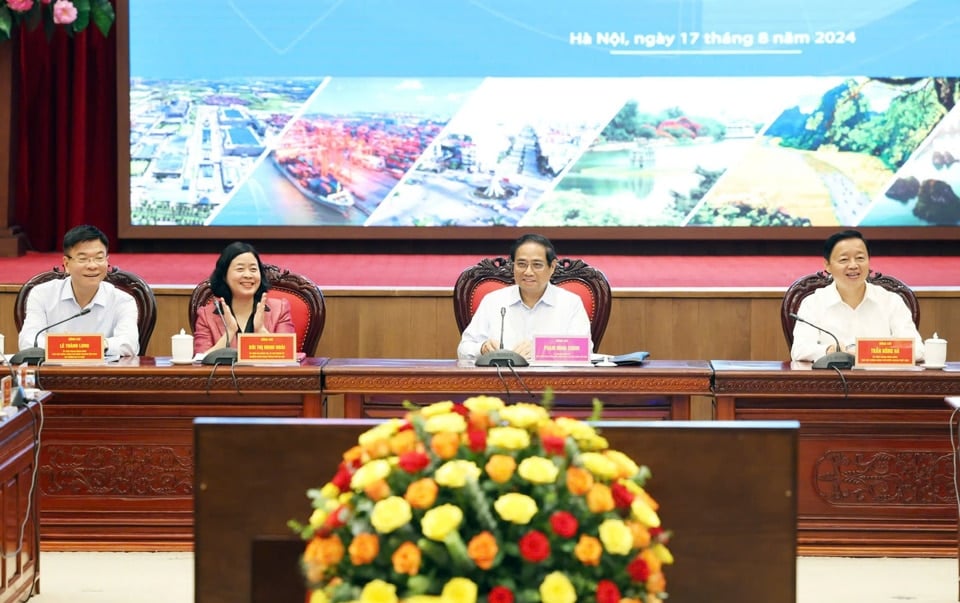
Second, speed up the completion of the overall project on investment in the construction of the urban railway system in the capital and report to competent authorities to submit to the Politburo and the National Assembly for consideration and approval of specific mechanisms and policies as a basis for implementation.
Third, focus resources on investing in urban railway lines in central urban areas to solve the increasingly serious traffic congestion problem. Priority will be given to implementing lines that have been studied, prepared for investment, and have been designed in detail (Line 1, Ngoc Hoi - Yen Vien section; Line 2, Nam Thang Long - Tran Hung Dao section; Line 3, Cau Giay - Hanoi Railway Station - Hoang Mai section; Line 5: Van Cao - Hoa Lac).
Fourth, focus on developing Ngoc Hoi station complex - a central station integrating national railway, high-speed railway and urban railway. For the development of large logistic centers, it is necessary to determine the prerequisite that there must be railway branches to reduce transportation costs. At the same time, there must be appropriate policies to train and develop high-quality human resources to improve investment efficiency and gradually take the initiative in developing the urban railway network.
Fifth, have a separate strategy for the TOD model, considering it a key, priority solution for sustainable urban development. TOD must be viewed from the perspective of overall urban development/redevelopment, urban structure/restructuring, not just viewed separately from the perspective of the transportation sector; Plan and fully exploit underground space in the station area, depots of urban railway lines in the historic inner city area (from Ring Road 3 onwards) because this area has basically exploited all the space above ground, with high urban density.
Sixth, closely coordinate with neighboring provinces to specify connection orientations, unify standards and norms applicable to urban railway systems between localities based on implementation orientations in planning projects approved by the Prime Minister; strengthen connections between urban railway lines with logistics centers, new urban areas, etc.
Hanoi City recommends that the Prime Minister soon decide on the choice of technology for synchronous implementation nationwide; ensuring the urban railway system is synchronous in terms of technical infrastructure, locomotives, carriages, rails, etc. and especially synchronous in terms of system connection, inter-regional connection between provinces and cities in the future.



![[Photo] Prime Minister Pham Minh Chinh receives Ambassador of the French Republic to Vietnam Olivier Brochet](https://vphoto.vietnam.vn/thumb/1200x675/vietnam/resource/IMAGE/2025/5/13/f5441496fa4a456abf47c8c747d2fe92)
![[Photo] President Luong Cuong attends the inauguration of the international container port in Hai Phong](https://vphoto.vietnam.vn/thumb/1200x675/vietnam/resource/IMAGE/2025/5/13/9544c01a03e241fdadb6f9708e1c0b65)
![[Photo] Prime Minister Pham Minh Chinh meets with US business representatives](https://vphoto.vietnam.vn/thumb/1200x675/vietnam/resource/IMAGE/2025/5/13/5bf2bff8977041adab2baf9944e547b5)

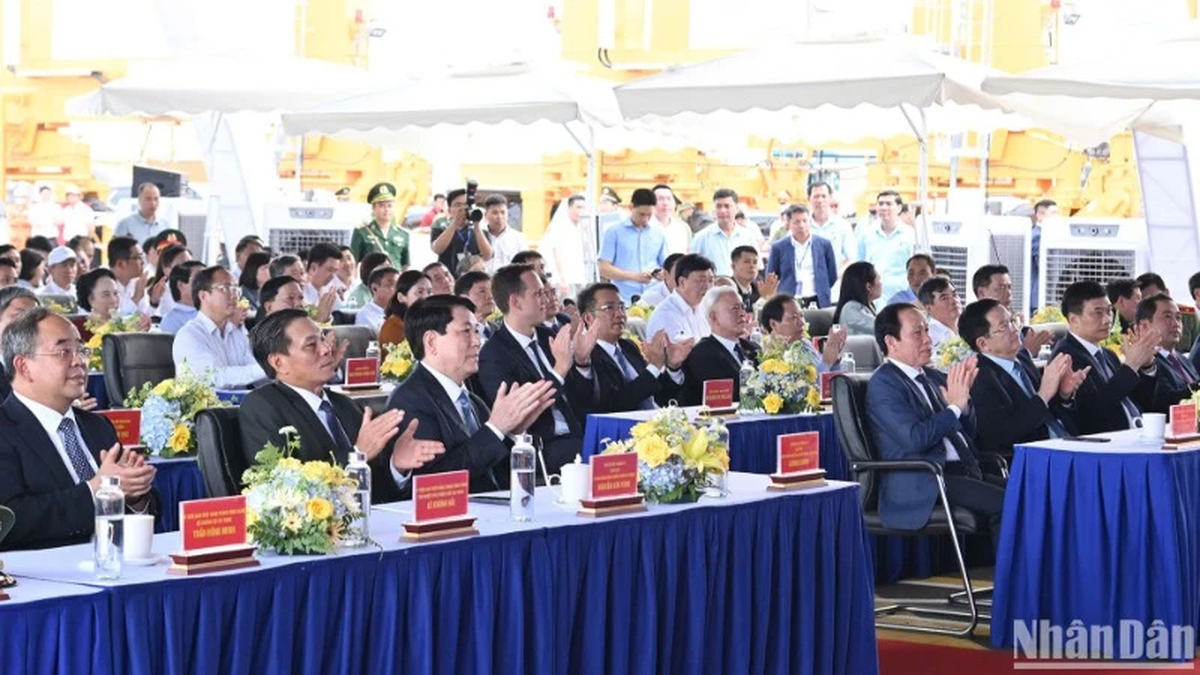
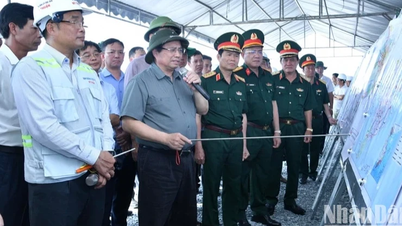
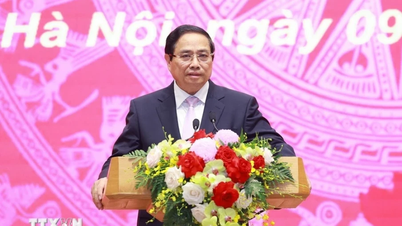
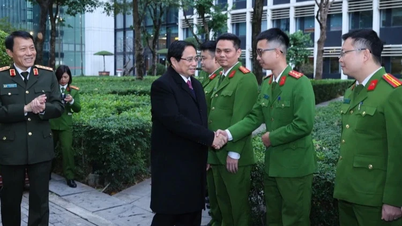




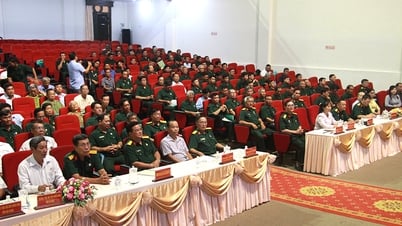
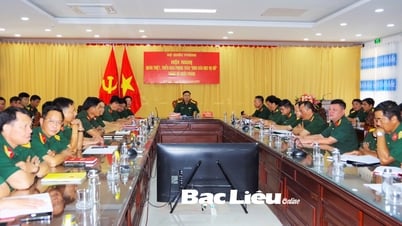
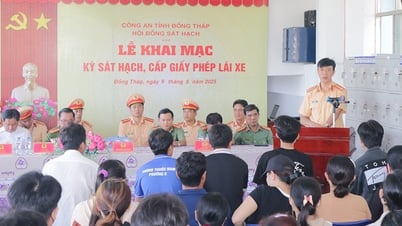
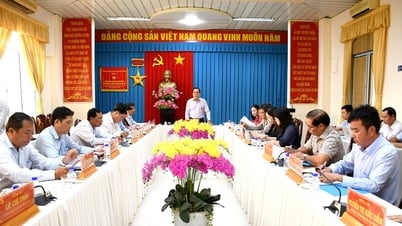
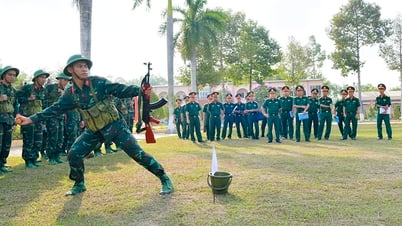








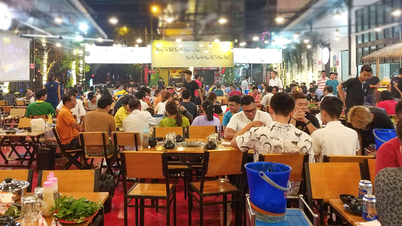



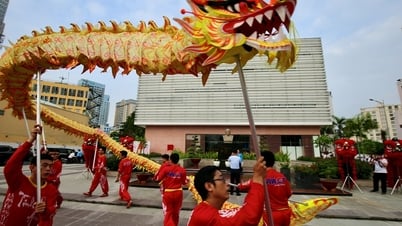

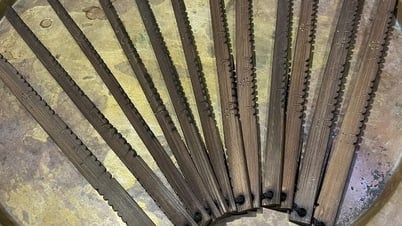

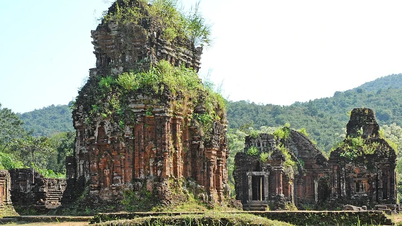

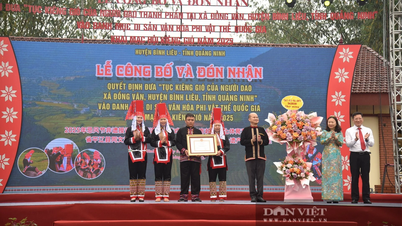

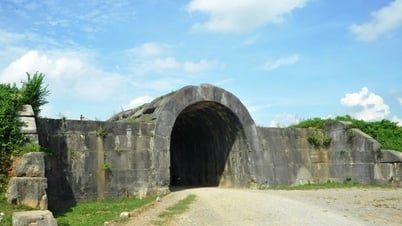
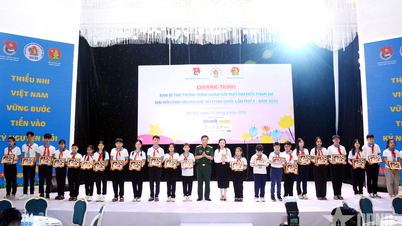



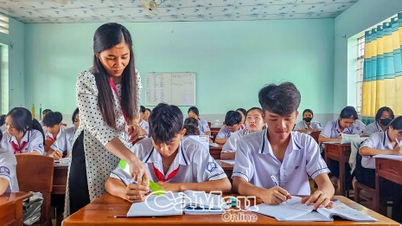



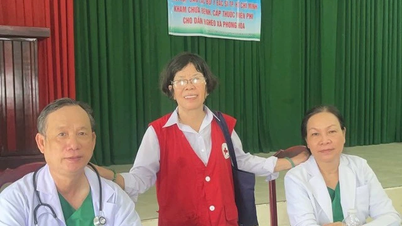












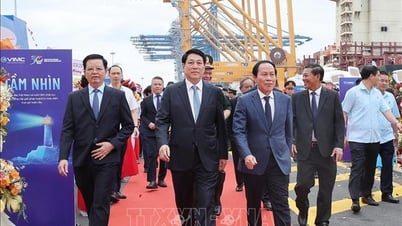




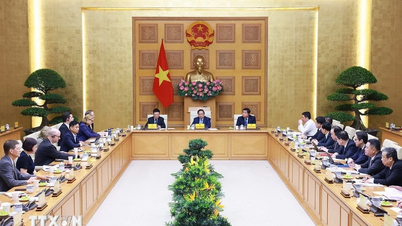

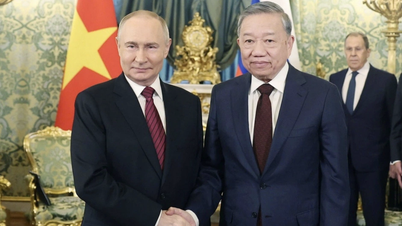
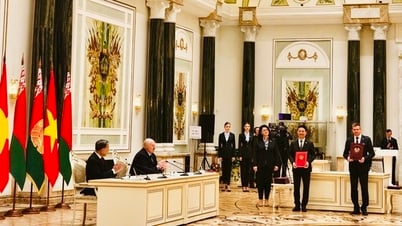





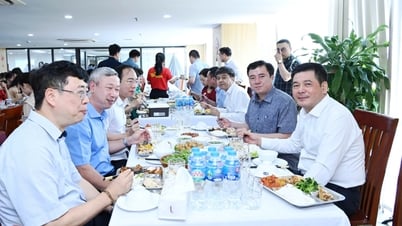

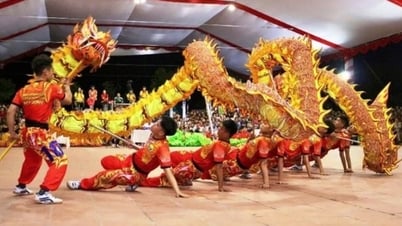
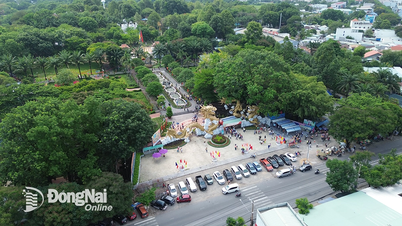

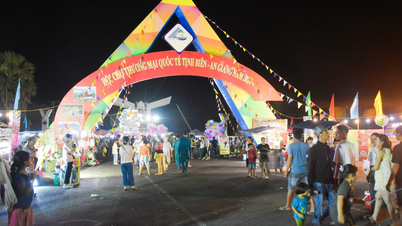
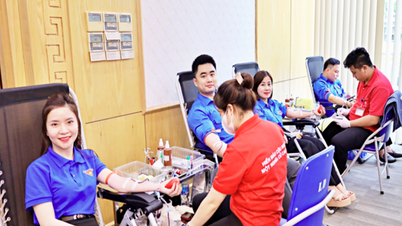



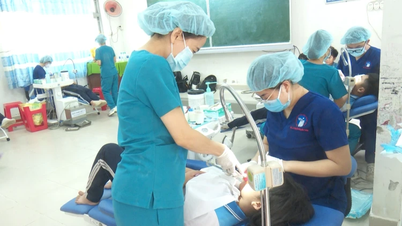
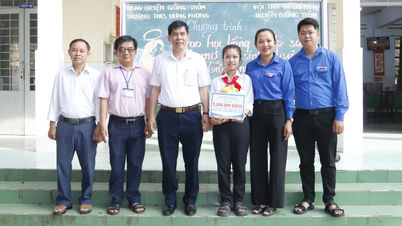


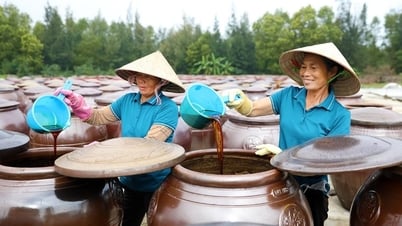



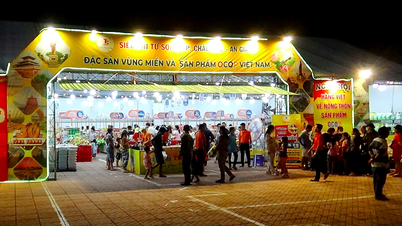



Comment (0)